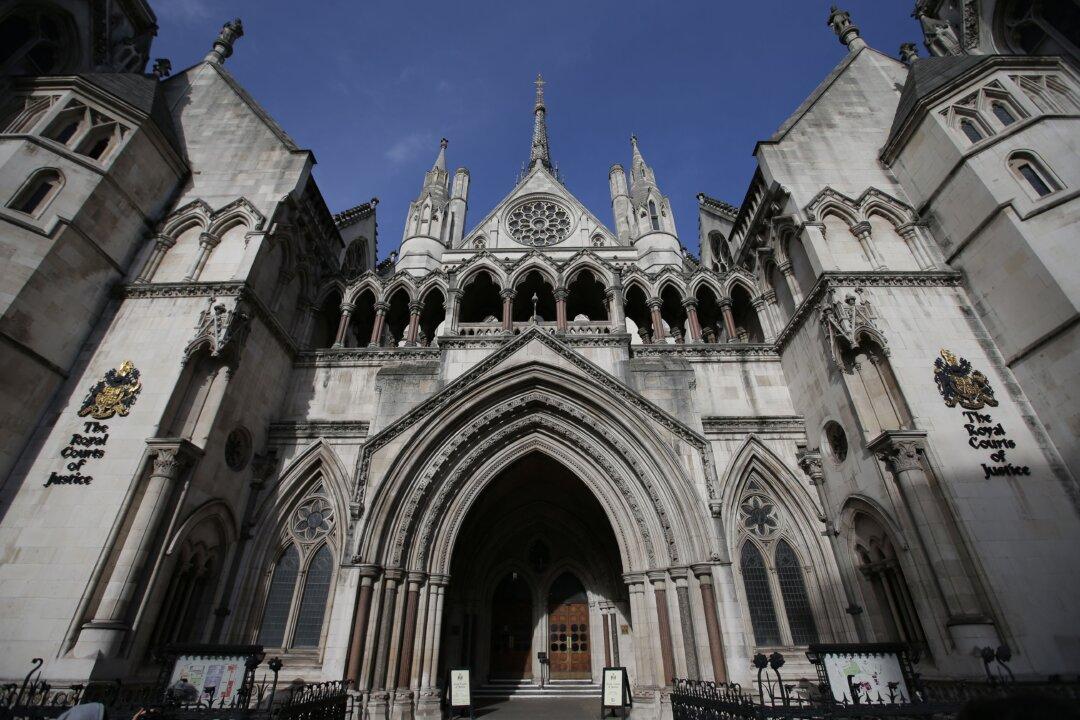A Spitfire donated to Stoke-on-Trent by the RAF in 1972 is set to go back on public display in a new glass-fronted £5.4 million ($7.5 million) gallery as an “anything’s possible” symbol of hope.
The aircraft’s official unveiling in a 3,800 sq ft (350 square meter) extension to the Potteries Museum and Art Gallery on Wednesday, being attended by the great-nephew of the Spitfire’s designer Reginald Mitchell, follows a multi-year restoration programme and coincides with Battle of Britain Day.
The dedicated Spitfire Gallery, making the illuminated aircraft visible from the street at night, opens to the public on Saturday and will be used to promote engineering as a career to young people, as well as allowing visitors to learn about the history of the aircraft and more than 20 others designed by Staffordshire-born Mitchell.

The Mark XVI Spitfire, built at Castle Bromwich, Birmingham, in May 1945, saw service in Germany shortly after the Second World War ended and last flew in 1952, when it was damaged during take-off at RAF Middle Wallop in Hampshire.
It was then used as a “gate guardian” at RAF bases before being donated to Stoke-on-Trent in honour of RJ Mitchell, initially going on display in a large greenhouse-type structure on the city’s Bethesda Street.
Speaking before the unveiling of the plane and its new surroundings, including numerous displays detailing the aircraft’s engine and history, Mitchell’s great-nephew Julian Mitchell told the PA news agency he could remember being taken as a small child to the previous ceremony in June 1972.
Mitchell, whose great-uncle died aged 42 in 1937, said: “I am delighted that it has come back restored to how it was when I first saw it.
“The plane means a lot to the people of Stoke-on-Trent. I think it means a lot to the people of the country, and it’s a symbol of hope, the Spitfire.”
Predicting that the aircraft and its gallery would inspire visitors to think about the possibilities in engineering, Mitchell added: “There’s a massive skills gap in engineering and we need to do something to plug that gap.
“We want people to see how their future could be in engineering, and also at the same time tell the story of Reginald Mitchell the local boy, educated locally, born locally, apprenticed locally, who then went on to create the most beautiful aircraft that ever was built, that ever flew, and helped save the country in its hours of greatest peril.”
He said of the Spitfire, which has shortened “clipped” wings and had an engine tuned for lower altitudes: “It’s been situated looking out, so that as you drive down Broad Street, you can see between the buildings and you’ll be able to see it, particularly at night when it will be lit up.
“It is here, as a symbol of hope, of inspiration, and really something that says to anyone who drives past ‘anything’s possible.’”
Mitchell added that the Spitfire had “endured” more than any other aircraft—with the sight of one in flight “a wonder to behold” and the sound of the Rolls-Royce Merlin engine unmistakable.
Ahead of the official unveiling, Second World War veteran Norman Lewis, aged 102, was given a sneak preview of the restored Spitfire, which he described as a “wonderful” sight.
Lewis, from Meir, Stoke-on-Trent, was captured in June 1940 in France while serving with the Royal Engineers.
After chatting with Mitchell, the centenarian told PA he had spent five years as a prisoner of the Germans, before escaping and returning home via Odessa, Turkey, Egypt, Italy, and Gibraltar.
He told PA: “I covered 10,000 miles in three months and I arrived home on April the 1st 1945. Some good news was, when I got to Egypt, they told me I’d got five years back-pay to pick up, which was wonderful.”
Stoke-on-Trent’s Spitfire spent three years in a workshop at an airfield in Kent, where it was restored, before being transported back to north Staffordshire in June, with a crane lifting it into its new home.
The exhibition has been funded through a successful bid for £210,000 ($290,000) from a joint funding pot run by the Department for Digital, Culture, Media, and Sport in partnership with the Wolfson Foundation.
Further funding totalling £47,000 ($65,000) was also raised with help from Operation Spitfire, The Friends of the Potteries Museum and Art Gallery, and through visitors’ donations.




